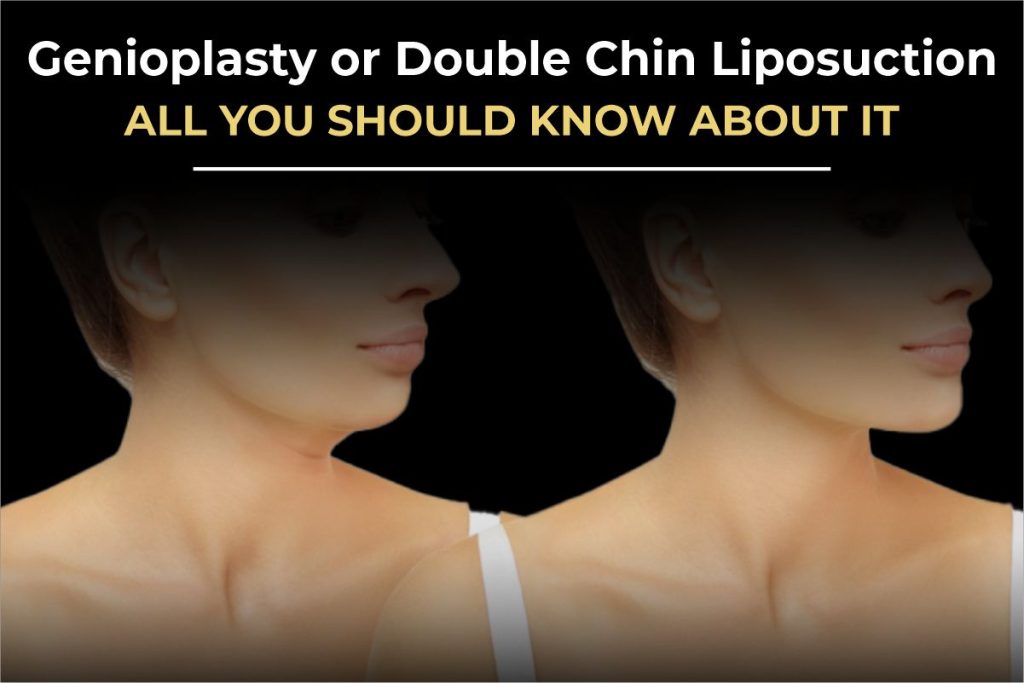Have you ever wished you could lift your skin just a little, without going through surgery, scars, or weeks of downtime?
That’s exactly what thread lifts are designed for.
Often described as the non-surgical facelift, thread lifts are quickly becoming one of the most requested treatments in aesthetic clinics across Pakistan. This minimally invasive procedure helps lift sagging skin, improve contours, and rejuvenate your face, all without cutting into it.
But like any cosmetic treatment, it’s important to understand what you’re signing up for. So in today’s blog, we’re walking you through everything you should know about threadlifts, how they work, what to expect, and whether they’re the right choice for you.
What Is a Threadlift?
A thread lift is a cosmetic procedure that uses dissolvable sutures (threads) inserted under the skin to lift and tighten specific areas of the face or neck. These threads are specially designed to grip tissue, reposition sagging skin, and stimulate your body’s own collagen production over time.
The result? A subtle lift and firmer skin, without surgery.
It’s especially popular among individuals in their 30s to early 50s who want to address mild to moderate signs of aging but aren’t quite ready for a traditional facelift.
Areas Commonly Treated with Threadlifts
Threadlifts are not limited to just one part of the face. They’re quite versatile and can target various zones that tend to show early signs of aging.
The most commonly treated areas include:
- Mid-face (cheeks)
- Jawline and jowls
- Eyebrows (fox-eye lift)
- Neck and under-chin region
- Nasolabial folds (laugh lines)
In some cases, thread lifts are also used for body areas like the arms or abdomen, but facial treatments remain the most popular and effective.
What Makes Threadlifts Unique?
Unlike surgical facelifts, threadlifts don’t require general anesthesia, long recovery times, or visible scarring. The threads used, typically made from PDO (Polydioxanone) or similar materials, dissolve naturally in the body over the course of several months, leaving behind improved collagen structure.
That means the benefits of a threadlift continue even after the threads are gone.
The overall result is lifted, firmer, and more youthful-looking skin, all achieved in under an hour.
Are Threadlifts Painful?
The good news is, no, not really.
The procedure is performed under local anesthesia, and most patients describe the sensation as mild pressure or tugging rather than pain. The recovery process is also surprisingly manageable. You may experience minor swelling or soreness for a few days, but it’s nothing compared to the downtime associated with surgical options.
Most people go back to work the next day.
How Long Do Threadlift Results Last?
Results from a threadlift can last anywhere between 12 to 18 months, depending on the type of threads used, your skin condition, and your body’s collagen response. While the threads themselves dissolve within a few months, the collagen-stimulating effect continues, keeping the skin firmer even after the threads are gone.
To maintain results, many patients choose to repeat the treatment annually or combine it with other non-surgical procedures like fillers or skin tightening treatments.
Choosing the Right Threads
There isn’t just one type of thread, and each has its own benefits.
PDO threads are the most commonly used in Pakistan. They’re effective, affordable, and well-studied. Other types include PLLA (Poly-L-Lactic Acid) and PCL (Polycaprolactone) threads, which offer longer-lasting effects and stronger collagen stimulation, although they come at a higher cost.
Your practitioner will recommend the most suitable option based on your skin, goals, and budget, but it’s important to understand that no one thread type fits all.
Is a Threadlift Right for You?
Threadlifts are ideal for people who:
- Are noticing early signs of aging (like jowls, cheek drooping, or a sagging jawline)
- Want a more youthful appearance but don’t want surgery
- Have good skin quality but need mild to moderate lifting
- Are looking for quick, natural-looking results with minimal downtime
However, if you have very loose skin or are in your late 50s or 60s, a threadlift may not give you the level of lift you’re expecting. In such cases, your doctor might suggest alternative treatments, or even surgery, for longer-lasting, more dramatic results.
What Are the Side Effects or Risks?
Like all procedures, threadlifts come with potential risks, but when done by a trained and experienced practitioner, serious complications are rare.
Some minor side effects may include:
- Bruising or swelling at insertion points
- Mild discomfort or tightness for a few days
- Temporary asymmetry (in rare cases)
- Thread visibility under very thin skin
These issues usually resolve on their own. Choosing a qualified and well-reviewed practitioner is the best way to minimize risk.
Threadlift vs. Surgical Facelift
Here’s where a lot of confusion comes in, people wonder if a threadlift can replace a facelift. The answer? Not quite.
Threadlifts are best for mild to moderate skin laxity. They offer a natural-looking result with very little downtime, but they don’t replace the power of surgery for more advanced aging. A surgical facelift, although more invasive, gives a more dramatic and long-lasting lift, especially for those with deep wrinkles and sagging.
Still, for many people in their 30s or 40s, a threadlift can delay the need for surgery by several years.
Final Thoughts, Small Lift, Big Confidence
Threadlifts offer an exciting solution for anyone looking to refresh their face without going under the knife. It’s fast, subtle, and requires hardly any downtime, making it one of the most practical aesthetic treatments in modern cosmetic medicine.
But like any treatment, results depend on the skill of the practitioner. Always choose someone with real experience, proper certification, and a clear understanding of facial anatomy.
Because in the end, you’re not just lifting your skin, you’re lifting your confidence.





